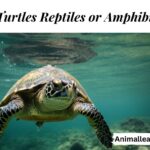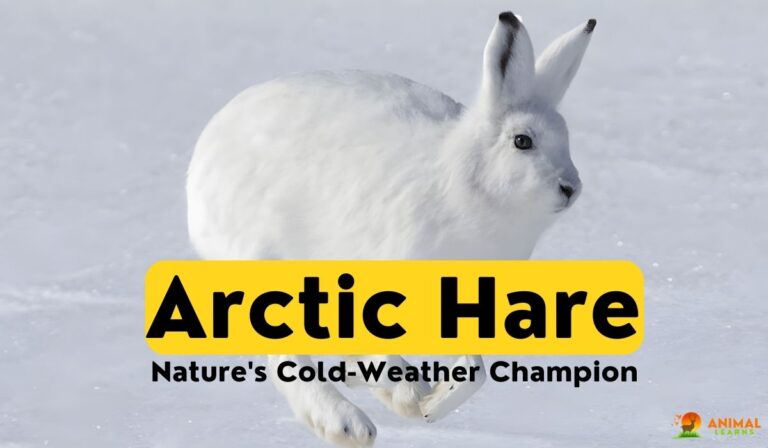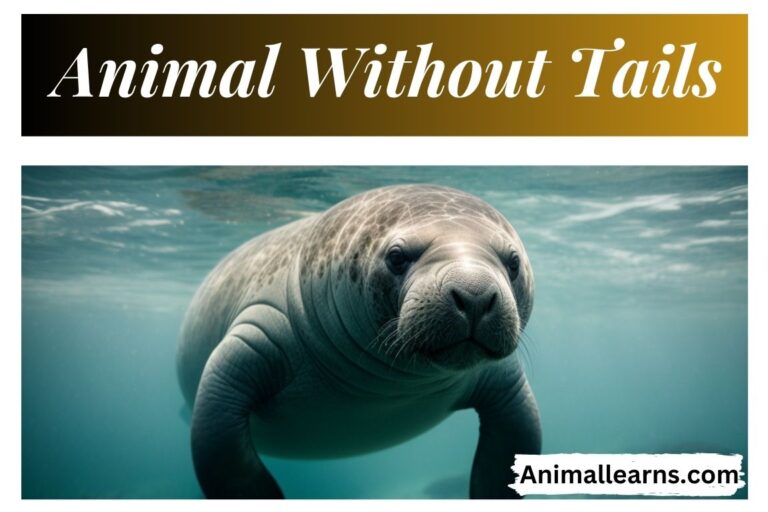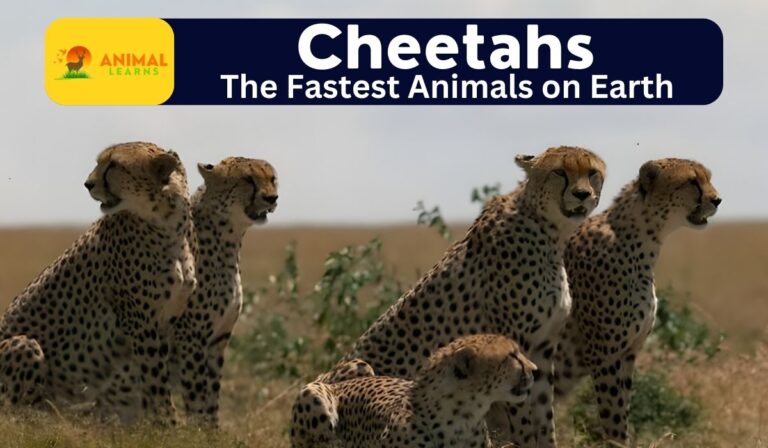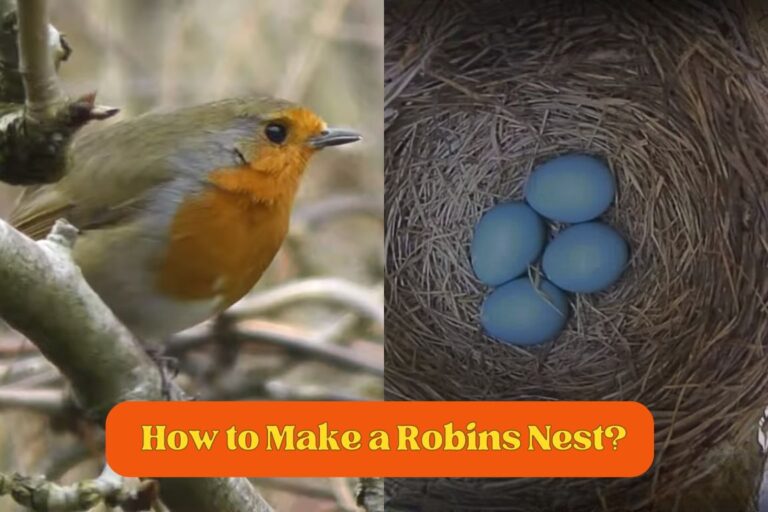15 Animals That Crawl: The Ground Navigators of Nature

The animals that crawl differ significantly in appearance and behavior, but they all rely on their bodies to propel them along the ground. This includes insects, reptiles, and mammals. Animals that crawl, including animals that slither, exhibit various terrestrial movements.
Even though these amazing creatures can’t fly or dive to the bottom of the ocean, their remarkable crawling and locomotion on land are astounding.
Animals That Creep
Contents
- Komodo Dragon
- Anaconda
- Iguana
- King Cobra
- Sidewinder Rattlesnake
- Armadillo
- Chameleon
- Salamander
- Sea Turtle
- Land Hermit Crab
- Giant Tortoise
- Caterpillar
- Millipede
- Velvet Worm
- Ant
Komodo Dragon
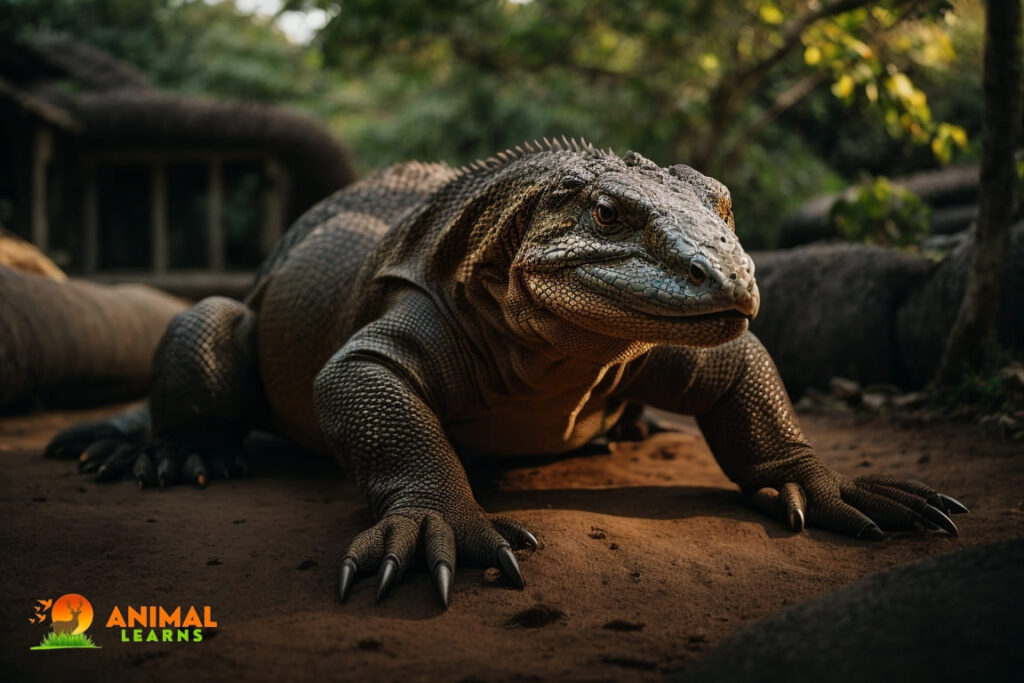
| Attribute | Information |
| Scientific Name | Varanus komodoensis |
| Crawling Speed | Approximately 20 km/h (12 mph) |
| Size | Up to 10 feet in length |
| Weight | Up to 150 pounds |
| Diet | Carnivorous, primarily hunting other animals |
| Location | Komodo Island and other Indonesian islands |
The biggest lizard in the world, the Komodo Dragon is an amazing illustration of a crawling animal. These enormous reptiles are found mostly on the Indonesian islands, where they hunt across grasslands and forest floors.
They are fierce predators that use their strong limbs and keen claws to let them move silently through the undergrowth in search of food. Komodo dragons, which have a deadly bite and an excellent sense of smell, are a prime example of the amazing adaptation of terrestrial creatures.
Anaconda
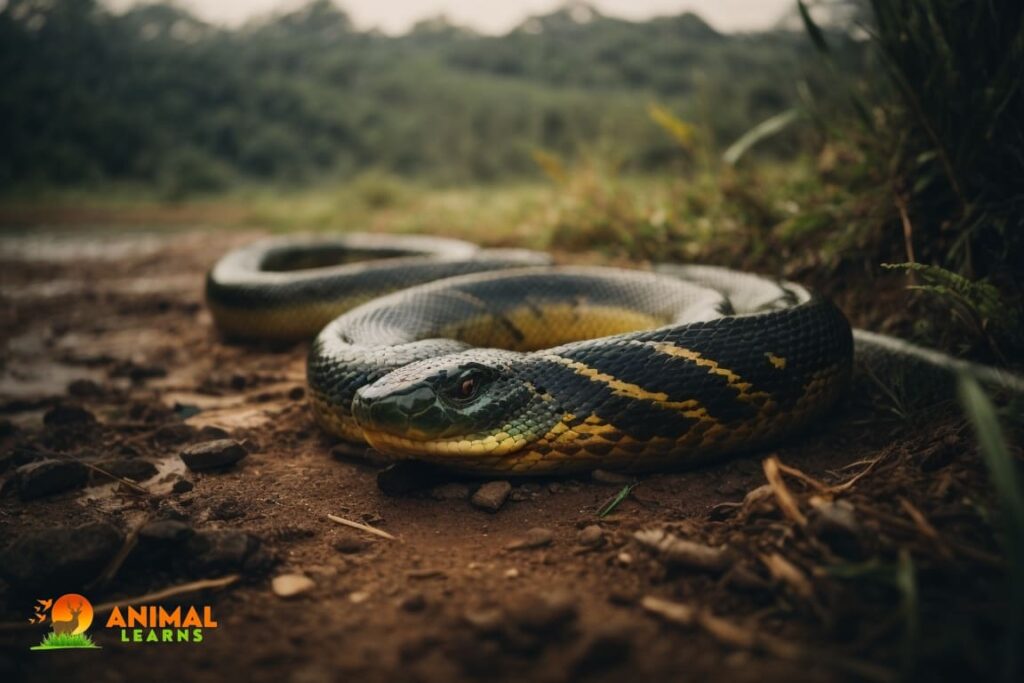
| Attribute | Information |
| Scientific Name | Eunectes murinus (Green Anaconda) |
| Crawling Speed | Slithering movement in water and on land |
| Size | Up to 29 feet in length |
| Weight | Up to 550 pounds |
| Diet | Carnivorous, feeding on aquatic and land prey |
| Location | South American rainforests, rivers, and swamps |
The Anaconda, a massive animal that crawls, is renowned for its incredible size and aquatic prowess, making it one of the most formidable creatures in the animal kingdom. This enormous constrictor lives in the rivers and marshes of South America, where it creeps and slithers through thick foliage in quest of food.
It’s a remarkable illustration of the adaptation of aquatic crawling organisms due to its size, strength of coils, and crawling activity.
Iguana
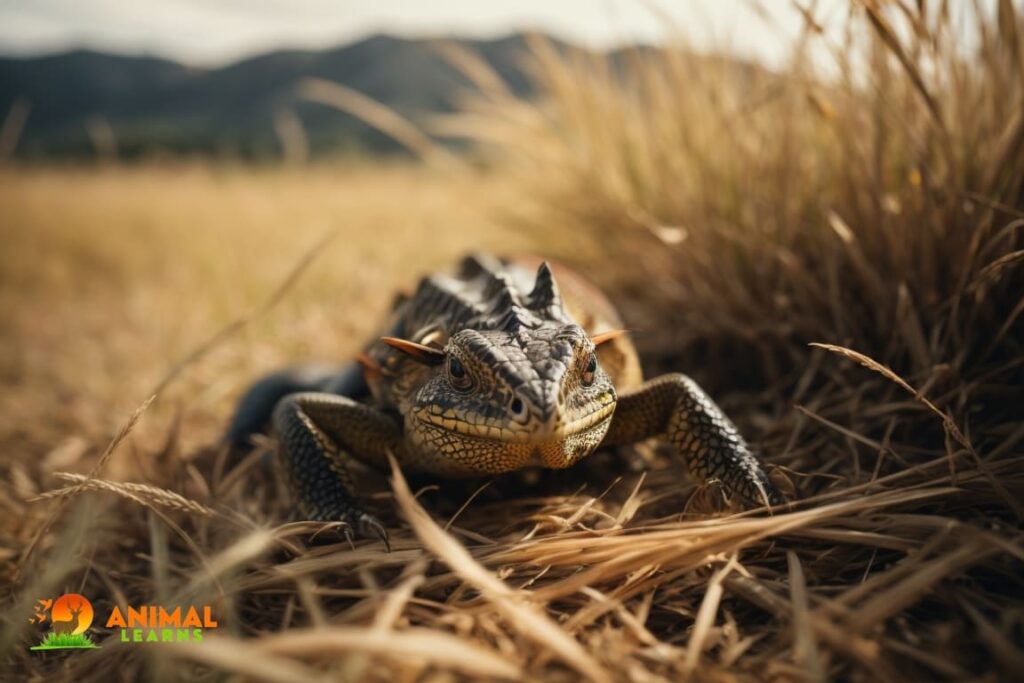
| Attribute | Information |
| Scientific Name | Various species (e.g., Iguana iguana) |
| Crawling Speed | Approximately 0.25 mph (0.4 km/h) |
| Size | Varies by species, typically 4-6 feet |
| Weight | Varies by species, typically 4-9 pounds |
| Diet | Herbivorous, eating leaves, flowers, and fruit |
| Location | Various species found in Central and South America |
Iguanas are fascinating reptiles among animals that crawl, known for their agile movements on land and their distinctive, spiky appearance. These herbivorous reptiles are frequently found in a variety of environments, such as coastal areas, woods, and deserts.
They can get food and flee from predators by using their powerful legs to crawl among trees, rocks, and the ground.
King Cobra

| Attribute | Information |
| Scientific Name | Ophiophagus hannah |
| Crawling Speed | Slithering movement on land |
| Size | Up to 18 feet in length |
| Weight | Up to 20 pounds |
| Diet | Carnivorous, preying on other snakes and rodents |
| Location | Southeast Asia, including India and the Philippines |
The King Cobra is one of the most iconic animals that crawl, known for its distinctive hood and impressive length, often exceeding 18 feet. One of the most poisonous snakes in the world. These snakes, which are indigenous to Southeast Asia’s grasslands and forests, are experts in slithering through their surroundings.
King Cobras, with their remarkable length and hooded heads, exemplify the elegance and lethality characteristic of crawling creatures as they move through their environments.
Sidewinder Rattlesnake

| Attribute | Information |
| Scientific Name | Crotalus cerastes |
| Crawling Speed | Sidewinding on sand |
| Size | About 1-2 feet in length |
| Weight | Around 1 pound |
| Diet | Carnivorous, primarily eating rodents |
| Location | Desert regions of North America |
The Sidewinder Rattlesnake is a prime example of a creeping creature, known for its unique method of locomotion called sidewinding. This fascinating desert-dwelling snake is a perfect example of the special adaptations that make sand-dwelling creatures distinctive.
These snakes, which are found in dry areas of North America, travel laterally across the changing sands by using a characteristic sidewinding action that helps keep them from sinking into the scorching desert.
Sidewinder Rattlesnakes provide as an example of how various crawling strategies might be essential for animals to survive in particular types of environments.
Armadillo
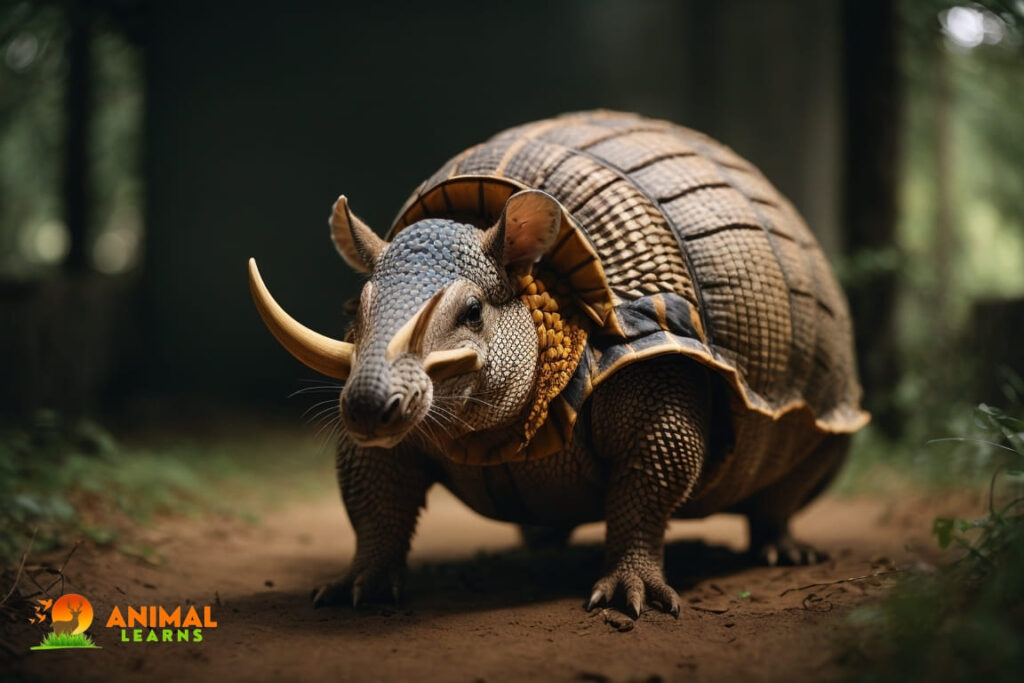
| Attribute | Information |
| Scientific Name | Dasypodidae (Family) |
| Crawling Speed | Slow, typically 1-2 mph (1.6-3.2 km/h) |
| Size | Varies by species, generally 5-59 inches |
| Weight | Varies by species, typically 2-72 pounds |
| Diet | Omnivorous, feeding on insects, plants, and small vertebrates |
| Location | Found in the Americas, from the United States to Argentina, inhabiting a range of ecosystems, including grasslands, forests, and swamps |
Armadillos, often considered animals that crawl, are characterized by their unique armored shells that protect them in the wild. Armadillos are amazing land snails. These little, armored animals have a distinctive look due to the many bone plates covering their backs.
They are effective burrowers because they can use their powerful claws to dig or creep into the earth. Being mostly nocturnal, armadillos exhibit the diversity of crawling species by thriving in a variety of habitats, including grasslands and woods, thanks to their amazing adaptations.
Chameleon
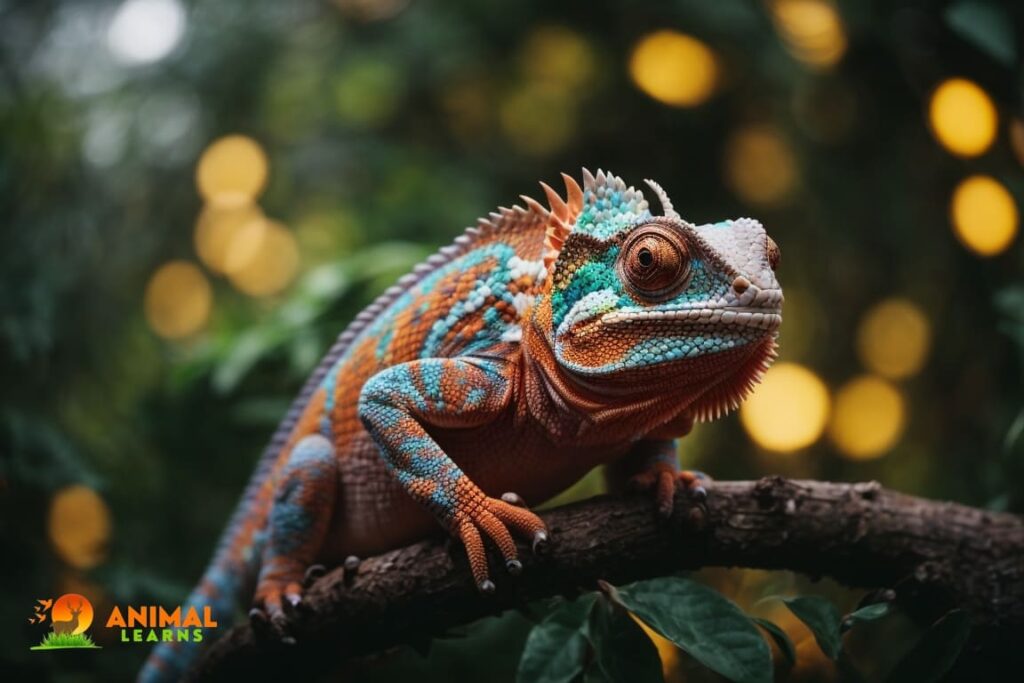
| Attribute | Information |
| Scientific Name | Various species (e.g., Chamaeleonidae family) |
| Crawling Speed | Slow and deliberate movement on branches and leaves |
| Size | Varies by species, typically 3-12 inches |
| Weight | Varies by species, typically 0.2-0.7 ounces |
| Diet | Insectivorous, capturing insects with their long tongues |
| Location | Found in Africa, Madagascar, southern Europe, and parts of Asia |
Chameleons are fascinating examples of crawling creatures because of their unusual capacity to change color and their deliberate, sluggish gait. In many regions of the world, such as Africa, Madagascar, and southern Europe, these reptiles live mostly in trees.
The Chameleon is one of the most iconic animals that crawl. For the purpose of stalking food and evading predators, chameleons use their unique feet to hold trees and creep slowly. Their unique characteristics and crawling mannerisms serve to emphasize the astounding diversity of the animal kingdom.
Salamander

| Attribute | Information |
| Scientific Name | Various species (e.g., Ambystoma, Salamandridae family) |
| Crawling Speed | Slow crawling on land and in water |
| Size | Varies by species, typically 3-6 inches |
| Weight | Varies by species, typically a few ounces |
| Diet | Carnivorous, feeding on insects, worms, and small aquatic life |
| Location | Various species found in North and South America, Europe, and Asia |
Salamanders are fascinating animals that crawl, showcasing their incredible adaptability in both terrestrial and aquatic environments. Known for their extraordinary ability to crawl, salamanders are interesting amphibians. These animals live in a variety of locations, such as gathers and woods.
They have good adaptations to both land and water settings. Salamanders crawl on land using their strong appendages, usually exploring leaf litter and the forest floor.
They are a fascinating example of creatures that crawl in a variety of places because their crawling activity is a vital component of their feeding and reproductive activities.
Sea Turtle

| Attribute | Information |
| Scientific Name | Various species (e.g., Cheloniidae and Dermochelyidae families) |
| Crawling Speed | Slow crawling on land during nesting, agile swimming in water |
| Size | Varies by species, typically 2-6 feet |
| Weight | Varies by species, typically 100-2,000 pounds |
| Diet | Herbivorous or carnivorous, depending on species and life stage |
| Location | Worldwide distribution in oceans and coastal areas |
Sea Turtles are magnificent creatures that crawl, exhibiting their remarkable skills both on land and in the ocean. Famous for their unusual crawling movement, sea turtles are interesting creatures of the water.
Animals have evolved to be able to crawl on sandy beaches and swim underwater in order to make their nests. Sea turtles excavate burrows in the sand to deposit their eggs, using their flippers to help them crawl ashore.
They are well-known as crawling animals that live in the transitional zone between land and sea because of their amazing navigational abilities and natural desire to procreate.
Land Hermit Crab
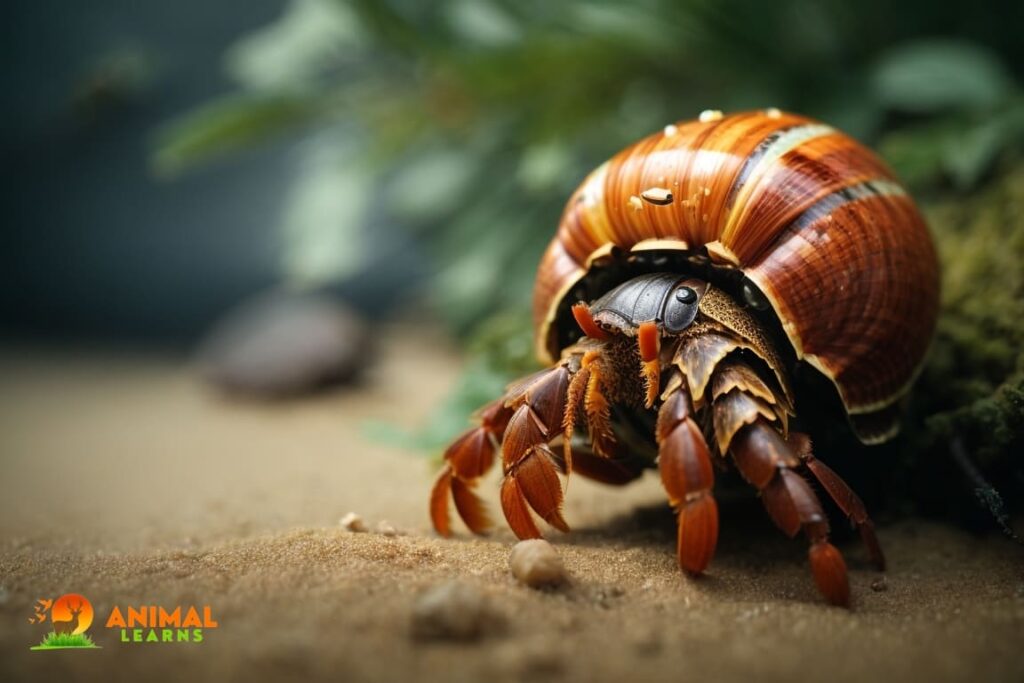
| Attribute | Information |
| Scientific Name | Various species (e.g., Coenobita clypeatus) |
| Crawling Speed | Slow movement on land |
| Size | Varies by species, typically 0.5-6 inches |
| Weight | Varies by species, typically a few ounces |
| Diet | Omnivorous, consuming detritus and small plant matter |
| Location | Coastal areas and islands worldwide |
This amazing crawling creature is a master of adaptation. It is the land hermit crab. As they crawl down the coast, these crustaceans live within seashells and use them as temporary residences.
They must locate larger shells as they become bigger to fit inside, so they have to crawl around more often to find somewhere to hide. Their distinct way of existence highlights the ingenuity and never-ending mobility of crawling creatures.
Giant Tortoise
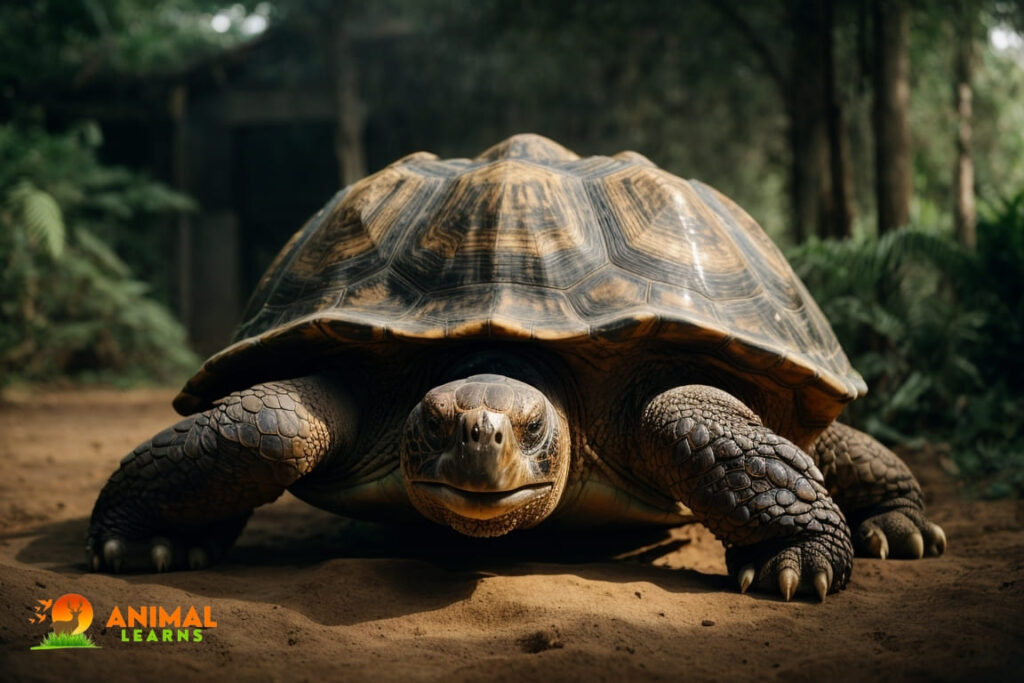
| Attribute | Information |
| Scientific Name | Various species (e.g., Geochelone elephantopus) |
| Crawling Speed | Slow and deliberate movement on land |
| Size | Varies by species, typically 2-5 feet |
| Weight | Varies by species, typically 250-500 pounds |
| Diet | Herbivorous, primarily eating vegetation |
| Location | Galápagos Islands, Indian Ocean islands, and Aldabra Atoll |
The Giant Tortoise, often associated with creeping animals, is a colossal reptile known for its slow and deliberate movements on land. The Galápagos archipelago and islands in the Indian Ocean are home to these enormous reptiles. Their amazing lifespan and environmental adaptation are demonstrated by their crawling activity.
The Giant Tortoise are massive animals that crawl. They travel throughout the terrain in search of food and water, and their bulk and leisurely gait serve as an example of how crawling creatures may fill niches in their environments and flourish.
Caterpillars

| Attribute | Information |
| Scientific Name | None (larval stage of butterflies and moths) |
| Crawling Speed | Slow crawling on leaves and branches |
| Size | Varies by species, typically 0.5-5 inches |
| Weight | Varies by species, typically a few grams |
| Diet | Herbivorous, eating leaves and plant material |
| Location | Worldwide, depending on butterfly and moth species |
Caterpillars are a classic example of crawling creatures; they are the larval stage of butterflies and moths. These soft-bodied insects are highly hungry for plant matter and have many legs.
In their quest for sustenance, they creep over leaves and branches until they come upon a good spot to pupate and change into adults. In the animal kingdom, crawling is a versatile mode of movement, as demonstrated by caterpillars.
Millipede
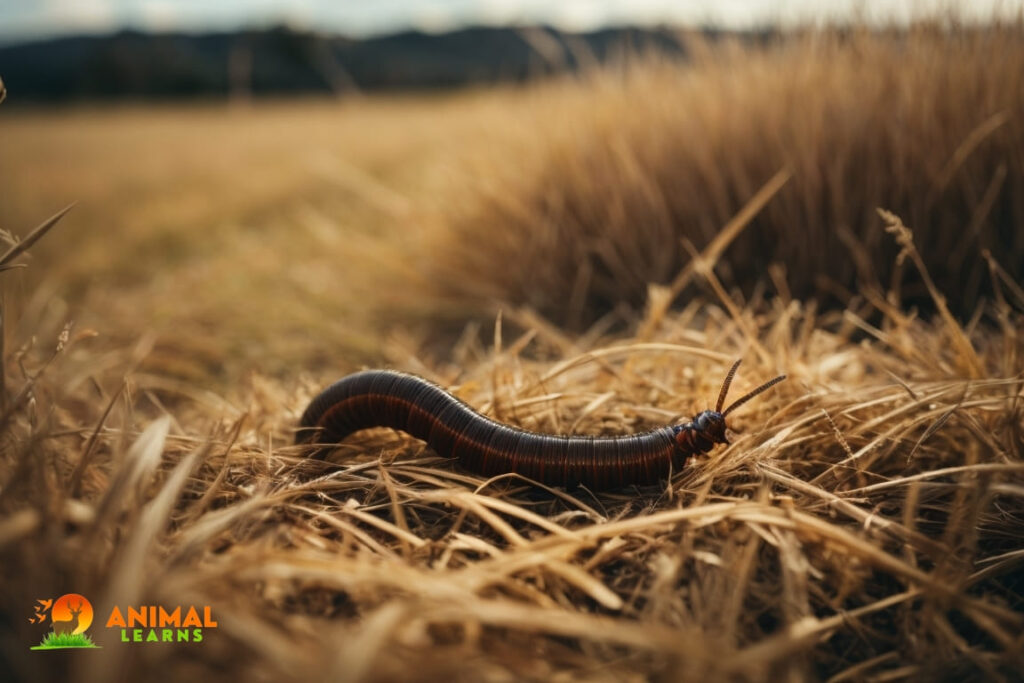
| Attribute | Information |
| Scientific Name | Various species (e.g., Diplopoda class) |
| Crawling Speed | Slow crawling on the ground and through leaf litter |
| Size | Varies by species, typically 1-4 inches |
| Weight | Varies by species, typically a few grams |
| Diet | Herbivorous, feeding on decaying plant material |
| Location | Found in forests and other terrestrial environments worldwide |
The millipede is a remarkable example of crawling wildlife, known for its numerous legs and slow, deliberate movement through leaf litter and forest floors. These animals are found all over the world in a variety of terrestrial habitats.
As an example of how crawling may be a very successful strategy for scavenging and supporting the cycling of nutrients in ecosystems, consider millipedes.
Velvet Worm
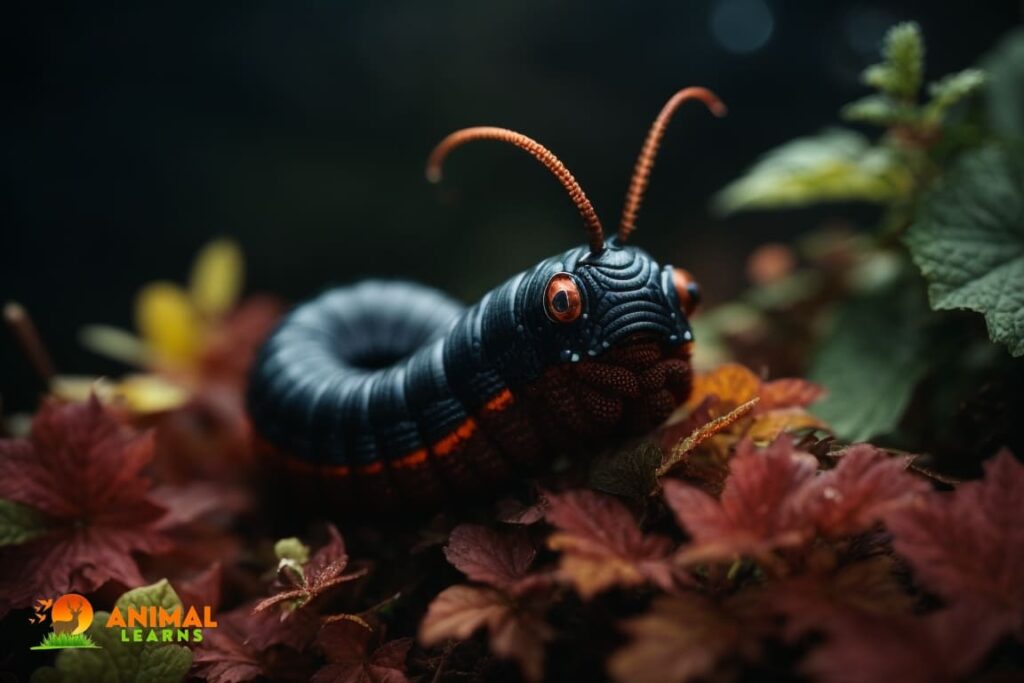
| Attribute | Information |
| Scientific Name | Various species (e.g., Onychophora phylum) |
| Crawling Speed | Slow and deliberate crawling using adhesive secretions |
| Size | Varies by species, typically 0.2-4 inches |
| Weight | Varies by species, typically a few grams |
| Diet | Carnivorous, capturing small prey with adhesive jets |
| Location | Found in tropical forests and damp habitats in various continents |
Velvet Worms are intriguing animals that crawl, showcasing a unique method of movement through the release of sticky, silk-like threads. These peculiar crustaceans have a peculiar crawling pattern and are found in tropical jungles.
To travel across surfaces and catch prey, they emit threads that resemble sticky, silky material. They may move differently from other crawling creatures thanks to this mode of locomotion, which also highlights the variety of ways animals use to get about.
Ant
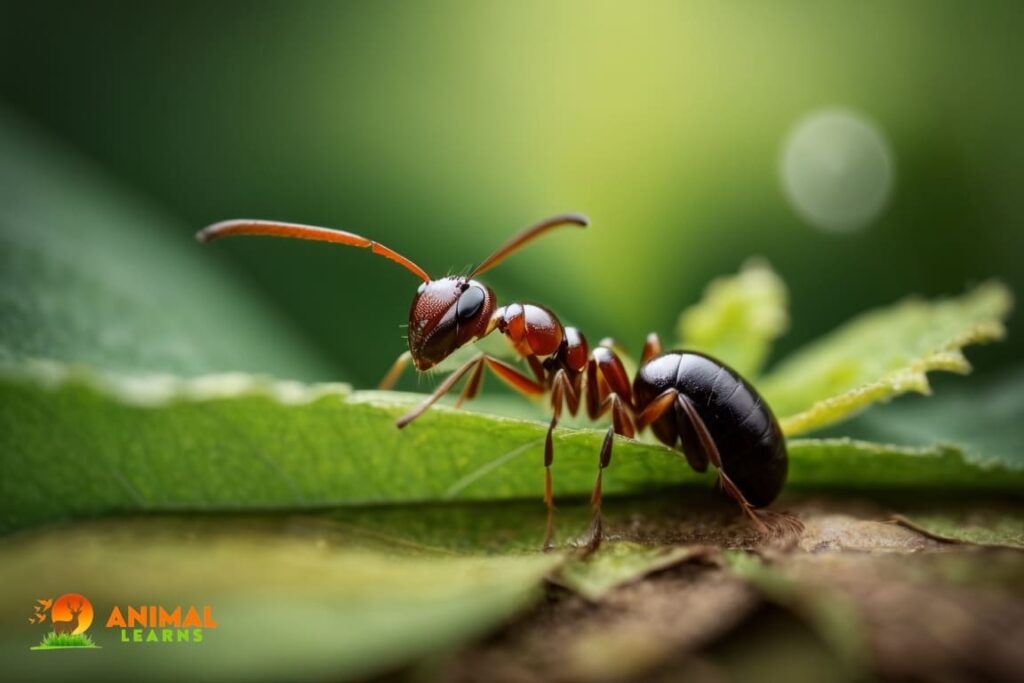
| Attribute | Information |
| Scientific Name | Various species (e.g., Formicidae family) |
| Crawling Speed | Agile and coordinated movement in organized colonies |
| Size | Varies by species, typically 0.08-2 inches |
| Weight | Varies by species, typically a few milligrams |
| Diet | Omnivorous, foraging for various food sources |
| Location | Worldwide distribution in various ecosystems and habitats |
Ants are exemplary animals that crawl, displaying remarkable coordination and teamwork in their bustling colonies. Ants are gregarious insects that have amazing crawling abilities.
Ants utilize their six legs to help them crawl over the ground, creating elaborate trails in the process of finding food, interacting with one another, and establishing colonies.
The flexibility and collective intelligence of creatures that crawl in groups are highlighted by their capacity to cooperate and traverse their surroundings effectively.
Animals That Crawl, Hop, Walk
The way animals move is a captivating study of the animal kingdom. Crawling, hopping, and walking are just a few of the methods they employ to navigate their environments.
Crawling animals, like reptiles, insects, and some mammals, move low to the ground using a coordinated, limb-by-limb approach. Hopping animals, such as kangaroos and certain frogs, utilize powerful legs to leap over distances.
Walking, a common form of locomotion among mammals and birds, involves a coordinated gait using multiple limbs. Each method has unique characteristics and purposes, offering insight into the diverse ways creatures adapt to their surroundings.
From Ground to Ocean: Where Animals Crawl
The behaviors of crawling animals are as diverse as the environments they inhabit. While some crawl on the ground, like snakes and tortoises, others venture underground or scale walls. Sea animals, such as sea turtles, demonstrate their crawling skills underwater.
Reptiles, with their scaly exteriors, are often associated with crawling, and they are indeed among the crawling animals. For those who wonder which animals that crawl on land, the list is extensive and includes everything from lizards to insects.
It’s worth considering the differences in movement, meaning, and purpose for each of these animals as they navigate the earth, their houses, and even the ocean.
FAQs
What are crawling animals?
Crawling animals are creatures that move close to the ground using various methods, such as slithering, legged movement, or belly crawling.
Do all crawling animals have legs?
No, not all crawling animals have legs. Some, like snakes and legless lizards, use other body parts or unique locomotion techniques for crawling.
What is the difference between creeping and crawling animals?
Creeping usually implies cautious or subtle movement, while crawling typically suggests more purposeful and controlled locomotion close to the ground.
Why do animals crawl?
Animals crawl for different reasons, including foraging for food, escaping predators, finding mates, or reaching their nesting sites.
Can you name some crawling animals?
Sure, examples of crawling animals include snakes, ants, millipedes, Komodo dragons, and sea turtles, each with its distinctive way of moving.





